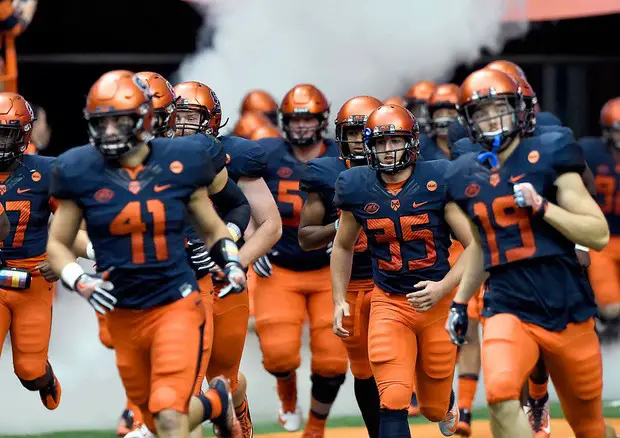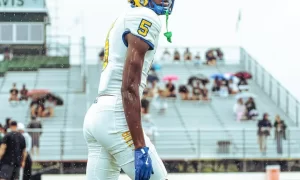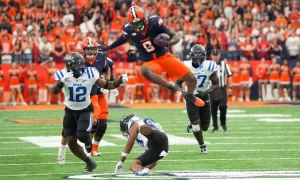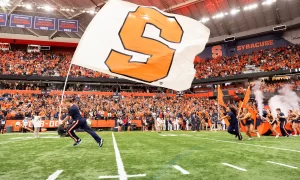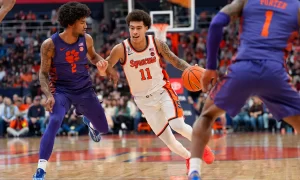This is the million-dollar question. Spoiler alert: nobody, even Syracuse Athletic Director John Wildhack, knows exactly. But Wildhack has left this decision up to medical experts, government officials and national precedent. The road has been paved for a mid-June return.
The NCAA is allowing on-campus voluntary workouts as early as June 1. However, this is strictly an advisory date. Athletic Directors must decide when their surrounding communities are safe enough for student-athletes to return.
Central New York began phase one of the state’s reopening process on May 15. Phase one includes businesses in construction, manufacturing, agriculture, forestry, fishing, hunting, manufacturing, wholesale trade and in-store and curbside pickup at some retailers. Football is not on this list, but it’s a start.
Onondaga County has more confirmed cases of COVID-19 than any other in Central New York (1,828) and the most deaths (96). It also has the second-most cases per 100,000 people. But these metrics are similar to Jefferson County in Kentucky, home of the Louisville Cardinals. Louisville plans to allow student-athletes on campus for voluntary workouts starting on June 8, but there’s a catch. The Cardinals are opening campus to the student-athletes gradually, 30 at a time.
Syracuse could follow suit. A gradual return would allow the Orange to get some reps in while Central New York continues its reopening process. Some players might need more offseason training than others.
Onondaga County Executive Ryan McMahon believes the region could go into phase two of the reopening process as early as the end of this week. It shouldn’t come as a surprise that entertainment, which would likely include SU athletics, is part of the fourth and final phase of the process, according to New York Forward.
Clemson is the only other ACC program with a reopening plan. However, South Carolina has not been struck by the virus nearly as much as New York.
Other leagues are considering more innovative options. For example, the NBA is weighing a bubble site approach. Every player, coach, trainer, referee, etc. would be isolated to a specific site. Games would be played, and personnel would reside in the bubble. Prior to entry, each person would have to be tested for the virus.
The NCAA has not publicly discussed this option, and it is not feasible for the college football season. But this approach could be used for training camp. Players may be required to remain on campus, making the Hill its own bubble.
Most of this is speculation, but that’s all anyone can do right now. The reopening process is a lot more complex than it seems, and another shutdown could occur with a second wave. The conversation is not about whether or not SU will be able to pack tens of thousands of fans in the Dome. Instead, it is about when the Orange can practice in anticipation for a possible return to normalcy.


